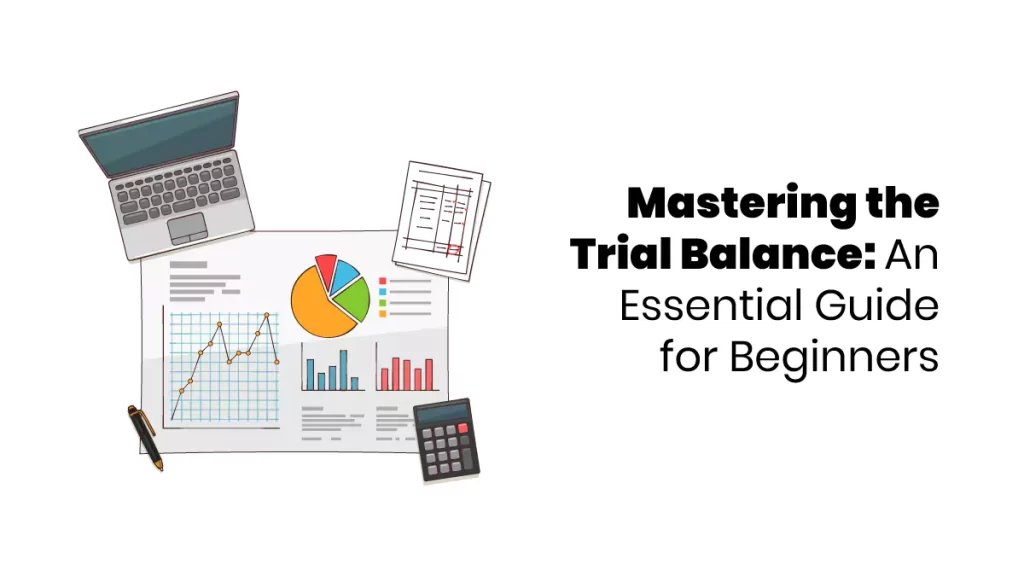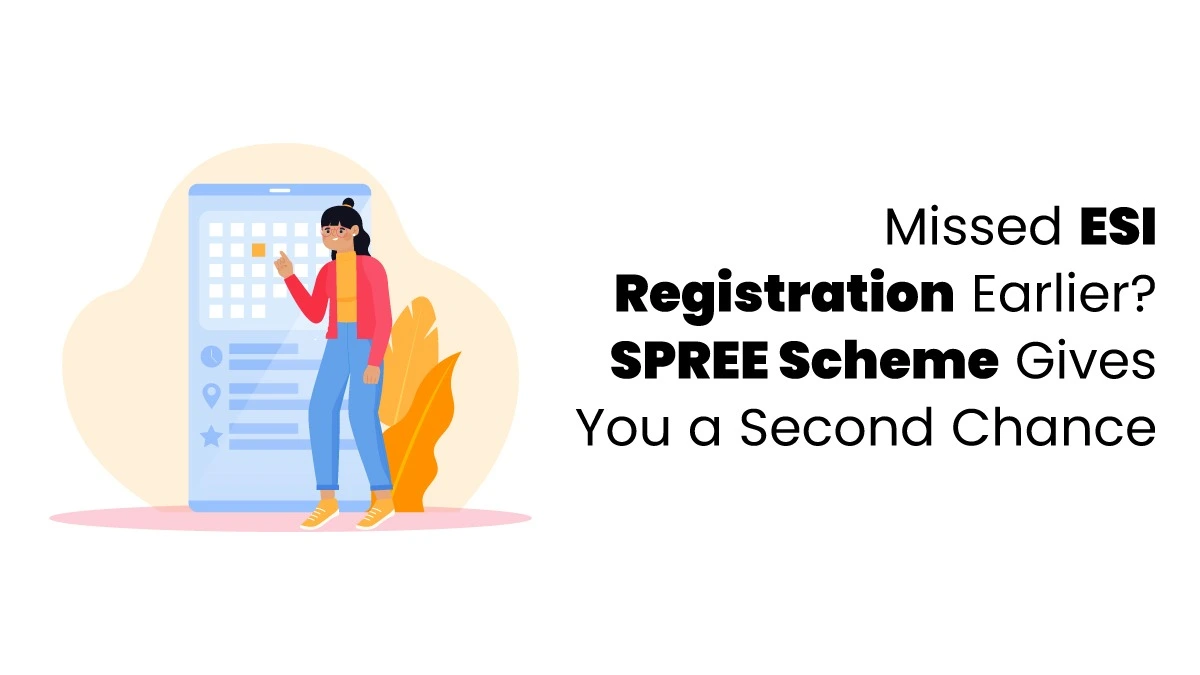A trial balance is a statement prepared by a company at the end of the financial year to assist in preparing financial statements or the balance sheet and to calculate the company’s profit and loss. Knowing how to prepare a trial balance is essential for ensuring accurate financial reporting and identifying any discrepancies before finalizing the financial statements. The trial balance consists of two main columns: one for debits and one for credits.
Debit: Includes assets and Expenses of a company
Credit: Includes liabilities, capital and revenue
A trial balance helps to identify the accounting errors within an accounting system. When the debit and credit column are equal, then the Trial Balance is considered as balanced. But it doesn’t catch all mistakes, like incorrect or missing entries. Auditors often ask for the annual trial balance before starting their audit. This helps them transfer account balances into their software, and they might request an electronic version to save time.
How to Prepare a Trial Balance
To prepare a trial balance, follow these steps:
Balance the Ledger Accounts
Ensure all accounts are balanced by adding the debit and credit entries and finding the difference.
Prepare a Worksheet
Create a worksheet with headers for account name, number, debit balance, and credit balance.
Transfer Data
Fill in the worksheet by transferring the data from the ledger accounts to the respective columns.
Sum the Columns
Add up the totals of the debit and credit columns. If the totals match, the trial balance is correct. If there is a difference, identify and correct any errors.
Review Materials
Ensure you have all necessary materials and that all ledgers are balanced to reflect the final amounts in the trial balance accurately.
Following these steps, you can create an error-free trial balance matching the debit and credit sides.
Mistakes can happen while preparing a trial balance or even before you start. No matter when they occur, fixing all errors quickly is crucial. This way, all the numbers will be correct and ready to use in the following financial statements. Joining the best accounting courses online helps to learn how to do trial balance accurately.

Mistakes to Avoid
Here are some common mistakes people make when preparing a trial balance:
- Entering the same transaction twice
- Forgetting to enter a transaction
- Putting information in the wrong column, like placing a debit in the credit column
- Reversing numbers (like writing 64 instead of 46)
- Making mistakes when copying data from the ledger to the trial balance
- Adding or subtracting numbers incorrectly when balancing an account
Rule of Trial Balance
Prepare a trial balance by listing all accounts and ensuring debits and credits balance.
- Put all assets on the debit side.
- Put all expenses and losses on the debit side.
- Put all liabilities on the credit side.
- Put all income and gains on the credit side.
Methods of Preparing a Trial Balance
There are two main methods for making a trial balance:
Total Method
Add up all the debit and credit side entries and write the totals at the bottom. Both sides should have the same total.
Balance Method
Write down the balances of each ledger account in the trial balance.
Benefits of a Trial Balance
Here’s why a trial balance is useful:
Accuracy Check
A trial balance helps ensure that the accounts are accurate. When you prepare a trial balance, each transaction has equal and opposite entries, the debit and credit sides should match. It also lists accounts by date.
Overview
Thus, trial balance offers a precise summary of a company’s ledger accounts and a complete report of its business transactions and financial status during a specific time.
Helps with Financial Statements
Preparing financial statements requires preparing a trial balance. This is generated at the end of the year to demonstrate the company’s financial health and is useful in preparing the other financial statements. Shareholders widely use this report to obtain precise information about the company’s accounts.
Regulations of a Trial Balance
Here are some of the rules to follow;
- Missing Transactions: The trial balance won’t show this mistake if some transactions aren’t recorded.
- Incorrect Amounts: If a wrong amount is entered in both accounts, the trial balance won’t catch it.
- Wrong Accounts: The trial balance not only detect this error if the correct amount is recorded under the correct accounts.
- Missing Entries: If a journal entry is missing from the ledger, it won’t appear in the trial balance.
To learn more about accounting, check out Finprov Learning. Finprov offers a variety of accounting courses after graduation and programs, including CBAT, PGBAT, Income Tax, Practical Accounting Training, PGDIFA, DIA, GST, SAP FICO, Tally Prime, MS Excel, and more. Whether you’re a graduate or a professional, our carefully designed courses ensure a thorough learning experience.
At Finprov, we focus on theory and hands-on practical training to give learners real-world skills. We also offer classes with placement assistance to help you start your career after completing the courses. Contact Finprov today to explore accounting opportunities and enhance your knowledge for a brighter future.










